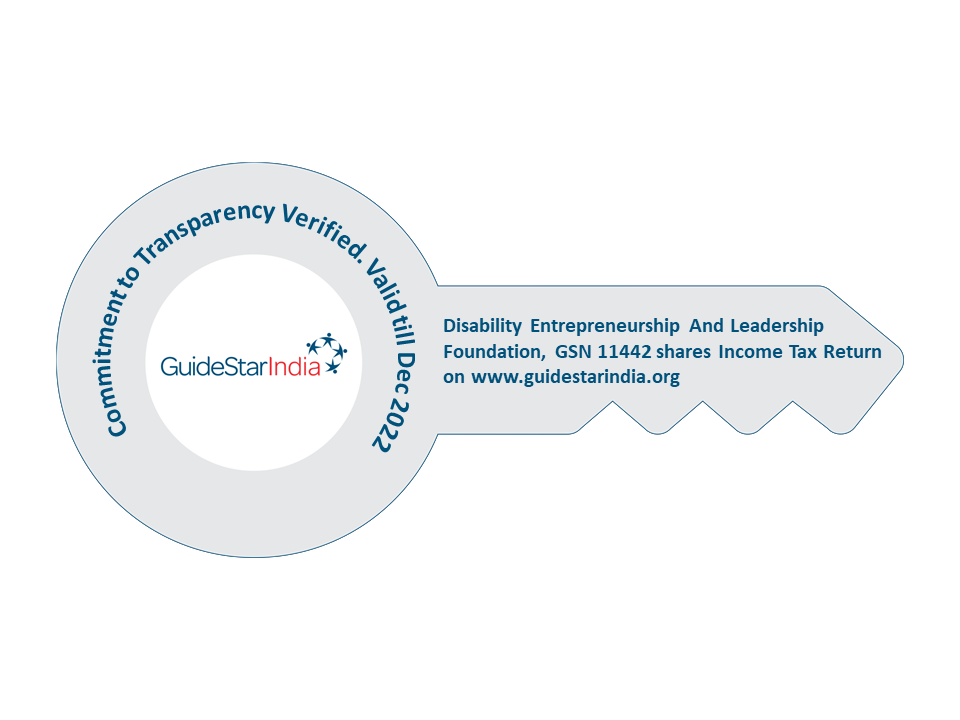Type 2 diabetes has been and continues to be a national epidemic. The Telangana disability study showed that disabled persons had nearly five times higher risk of suffering from diabetes. A study in rural Haryana stated that the prevalence of diabetes was more common with disability.
The good news is that the chronic disease is preventable by improving access to health promotion programs and healthcare, as well as making healthy lifestyle changes.
Diabetes is a general term meaning that blood glucose is too high. With type 2 diabetes, the most common form of diabetes, either the body does not produce enough insulin or the cells are resistant to the insulin. Insulin is responsible for moving the glucose into the cells to be used for energy. Over time, high blood glucose levels can cause many problems in the body, including diabetic neuropathy (damage to the nerves that allow you to feel sensations such as pain), retinopathy (damage to the retina of the eye, which can eventually lead to blindness), and kidney disorders. When blood glucose levels are consistently high, the blood becomes thicker, which makes it more difficult for the heart to pump blood throughout the body, leading to poor circulation.
For people with mobility limitations or mobility disabilities, type 2 diabetes is a common secondary condition, possibly due to decreased physical activity and difficulty managing weight. Lessening the chances of developing diabetes is your greatest defense. Prevention is medicine!
There are many actions one can take to reduce the risk of developing this disease and hence reducing the risk for the many complications associated with it.
- Increase physical activity:
Research shows that people who are more physically active, regardless of their weight, are less likely to develop type 2 diabetes. Physical activity does not have to mean running or wheeling a marathon. Great choices for being more active include going for a walk or wheel after dinner or taking up a new sport or activity. You can reap excellent health benefits from being physically active for 30 minutes, 3 times per week.
- Eat healthier:
Improving your eating habits can greatly improve your health and help you maintain a healthy weight, which also helps lower the risk for developing type 2 diabetes.
Eat plenty of fiber including whole grain breads, brown rice, legumes fruits and vegetables
Choose lean meats, fish and poultry and / or meat alternatives
Choose low-fat and fat-free dairy products
Drink plenty of water
Limit saturated fats and trans fats
Choose foods low in salt
Limit alcohol intake
Consume moderate amounts of sugars and food containing added sugars
Speaking with a dietician can help to improve eating patterns and set you on the right track to a healthier lifestyle.
- Don’t smoke:
Smoking increases blood pressure and narrows the arteries, leading to poorer circulation.
If you do have type 2 diabetes, do not give up. Millions of people live very healthy lifestyles with diabetes. It’s important to be diligent about your health. Check your blood glucose regularly. Stay active. Maintain a healthy weight. Take your medications. See your doctor on a regular basis. And, remember that you have the power to affect change in your life. Take control of your disease and your life by setting goals to improve your health.
(Source: ohsu.edu, nchpad.org, ijph.in)
As part of our work on Livelihoods for Health and Wellbeing, we have been working with persons with disabilities to adopt organic horticulture practices. We are working with Dr. Bharati Chimmad from University of Agricultural Sciences Dharwad (UASD) who has produced a nutrition card game. The pack has 73 health and nutrition cards. Each card contains a food produce and its nutritional value. This card game not only is a fun game for kids and adults alike, but also helps in understanding the nutritional value of the food we consume on a daily basis.


 Awarded by Guidestar India
Awarded by Guidestar India